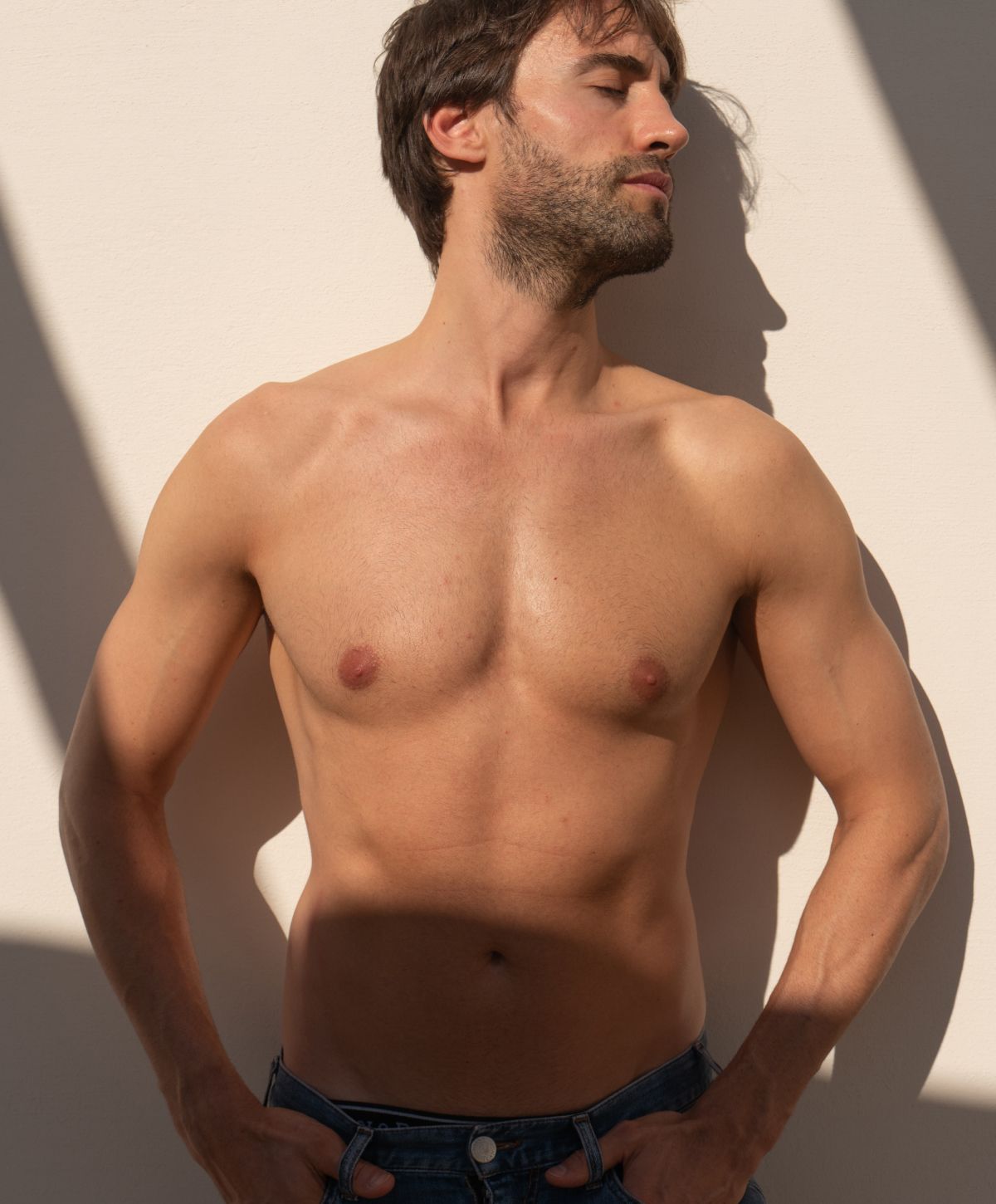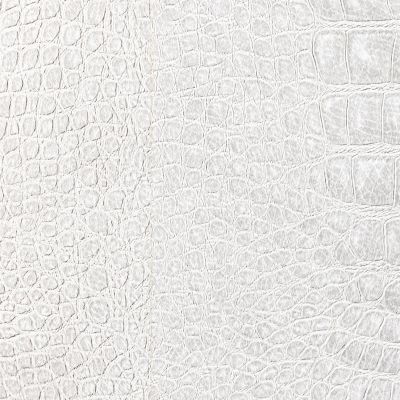Is Labiaplasty Right for You? A Guide to Costs, Benefits, and Realistic Expectations


You train. You watch your diet. Still, a band of stubborn fat hangs on at the waist, the chest area looks fuller than it should, or the jawline fades on camera. If that sounds familiar, liposuction for men in Los Angeles is a straightforward way to target stubborn fat deposits that ignore a healthy diet and an exercise regimen. This is planned male body contouring, not a shortcut. The goal is simple: sharpen the lines that define a masculine frame and keep them there with a healthy lifestyle.

Discretion meets discipline.
In Beverly Hills and Los Angeles, men want a clean result without drama. Dr. Sheila Nazarian, MD, MMedSc, is a board-certified plastic surgeon (American Board of Plastic Surgery) with extensive experience in aesthetic plastic surgery for men. Cases are performed in an accredited, on-site surgical center with a tight team that does this work every week: anesthesiology, OR nursing, and aftercare that actually answers your questions. Expect direct planning, small incisions placed with intent, and a result that looks like a more defined you.
How The Work Gets Done
Liposuction is a targeted liposuction procedure that removes fatty tissue through slender cannulas inserted via small incisions—usually two to four mm. We first inject a tumescent solution (a local anesthetic with epinephrine) to numb the treated areas, firm the fat, and constrict blood vessels for control and safety. Many cases use power-assisted liposuction, which helps the cannula glide in smooth passes for an even finish. The aim is to remove fat that doesn’t respond to diet and exercise, not to replace them.
This is male plastic surgery that respects anatomy. Male waists and flanks carry excess fat differently from women. The lower abdomen may hold a shelf over the belt. The chest area can carry fatty fullness (pseudogynecomastia). Along the jaw, even a lean man may show a soft edge. Male Liposuction addresses these with measured sculpting so the result looks natural in and out of a shirt.
Sculpted Areas
At our practice in Beverly Hills Liposuction for Men targets the spots that don’t respond to clean eating and training. Most men ask us to address the abdomen and flanks for a cleaner waistline. The chest is another common area. When the fullness is mainly fat, lipo flattens and squares the contour; if we feel a firm gland under the areola, we’ll talk about adding male breast reduction for the right finish. We also treat back rolls and the upper arms when they show through fitted shirts, refine the neck and jawline for a stronger profile, and smooth stubborn pockets at the inner or outer thighs when they throw off balance.
If skin laxity is mild, we can pair liposuction with a tightening modality to refine the result. When loose skin is significant after weight loss, we’ll discuss the right sequence and consider options like a tummy tuck or body lift. The plan matches your anatomy—not a template.
The edit, not the overhaul.
Many male patients combine the abdomen, flanks, and chest in one session for 360° contouring. The outcome reads as athletic—not operated.

Check Your Boxes
You’re a good candidate when your weight is stable, you have good muscle tone, and you’re dealing with localized unwanted fat that ignores the plan. Non-smokers heal better, period. We look for stable weight, decent skin recoil, and realistic goals. If the gland is the driver in the chest, male breast reduction (gland excision) gives the right contour; liposuction alone won’t fix a dense gland.
If you’re still trimming down, keep going. Male Liposuction refines the map after you’ve established a healthy lifestyle. We don’t chase the scale. We shape what remains when training and nutrition have done their part.
A quick note on the chest area. If the fullness is mostly fat, liposuction for men can flatten and square the chest. If we feel a dense gland under the areola, male breast reduction—gland excision with or without lipo—delivers the proper contour. Often, we combine both in one surgery for a smooth finish.
In the abdomen, we sculpt to respect the natural lines of the rectus abdominis and obliques. This isn’t about carving deep grooves that look odd when you move. It’s about reducing fat while keeping the panels and borders that read as athletic.
Measure twice, cut once.
At the consultation, we review goals, take photos, and examine each region in standing and seated positions. We mark landmarks and borders, check skin quality and symmetry, and talk about the finish you want. We’ll also discuss other procedures that pair well when indicated, such as neck lipo for the profile, male breast reduction for the gland, or a tummy tuck if loose skin is the real issue. Pre-op basics:
Inside the OR
Most cases are done under general anesthesia; select small zones can be performed with local anesthesia and oral pain medications. In the OR, we start with tumescent liposuction infiltration to numb and protect the area. Then we use small cannulas, often with power-assisted movement, to remove fat in even layers. Transitions are blended so one area doesn’t look “done” next to another. Incisions close with fine sutures. You’ll wake in a recovery room with your compression garment already in place.
Operating time depends on the plan. Single-area cases are fast; multi-area body contouring takes longer. Either way, you go home the same day with clear instructions, a direct contact for questions, and follow-ups scheduled.
We use local anesthetic within the tumescent solution even when general anesthesia is used. That keeps you more comfortable after the case and constricts blood vessels for a cleaner field. You’ll go home on a simple pain medication plan, usually a short course paired with over-the-counter options. We screen for risk factors and give practical steps to reduce complications like blood clots: early walking, hydration, and a ramp-up plan for activity.
Heal smart. Look sharper
Soreness feels like a tough workout for a few days. Swelling and mild bruising follow a normal arc. Most patients return to desk work in several days, light cardio after a week or so, and full training when cleared over the next few weeks. Keep walking early to support circulation and lower the risk of blood clots. The garment isn’t optional; it helps control swelling and guides edges as the healing process plays out.
Scar care starts once the skin is closed. We’ll guide you on silicone gel or sheets and sun protection. You’ll see change early, but the definition sharpens over three to six months as fluid shifts settle. Removed fat cells don’t grow back. Hold a healthy weight and the outcome holds.
Most patients find that a steady exercise plan and a clear diet keep their shape intact. Heavy swings in weight will blur the lines. A stable weight and smart training protect your investment. If you’re still cutting, finish your cut, hold it, then schedule. That’s how you achieve the best version of the outcome.

What drives the quote
Costs vary by the number of areas, time in the OR, anesthesia, and whether we add tightening or gland excision. Your all-in quote typically covers the surgeon’s fee, anesthesia, facility, garments, and follow-ups. Geography matters. Beverly Hills and Los Angeles pricing isn’t the same as smaller markets, so we give an exact estimate after consultation. Financing is available through partners such as CareCredit and LendingUSA.
If you’re done negotiating with stubborn fat and want a plan that matches your build and calendar, book a consultation in Beverly Hills. We’ll show you what liposuction for men can do for your frame and what’s better handled with training or alternative plastic surgery options. Clean answers, clean results.
Most patients return to desk work in three to five days. Light cardio starts around one to two weeks. Lifting and full training usually resume at four to six weeks, once cleared. A compression garment helps control swelling and shape early results.
Yes—if it’s stubborn, localized fat. Liposuction sculpts areas like the abdomen and flanks when diet and training have plateaued. It’s not for weight loss; it’s for contour.
Liposuction removes fatty tissue in the chest. Male breast reduction (gynecomastia surgery) removes firm gland tissue, often combined with lipo for the best contour. The exam determines which you need.
Removed fat cells don’t grow back. Remaining cells can enlarge with weight gain. Keep a stable weight and consistent training to maintain the result.
Pricing depends on areas treated, OR time, anesthesia, and whether chest gland removal or tightening is added. Quotes typically include surgeon, anesthesia, facility, garments, and follow-ups. You’ll get exact numbers after consultation.
Small areas can be done with local anesthesia and oral pain meds. Multi-area body contouring is usually done under general anesthesia in an accredited OR. Your plan depends on goals and safety.
Yes. Neck and jawline lipo can define the profile through tiny incisions. It’s often paired with abdominal or flank lipo for balanced, same-day contouring.






